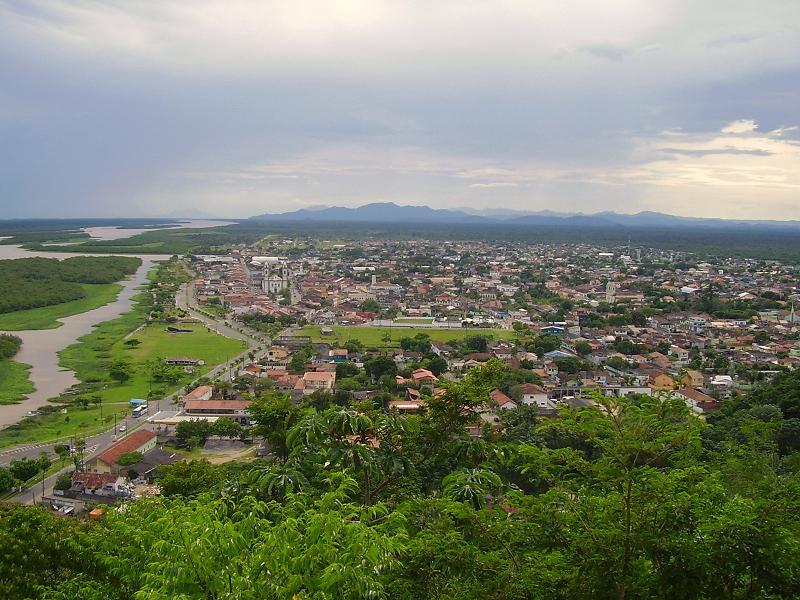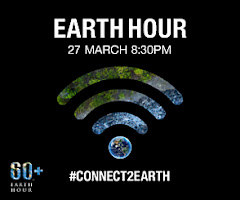Space debris image created by German Photographer Michael Najjar.
Based on a data archive, each miniature sphere in this image represents an existing object orbiting in space. There are currently around 22,000 objects in orbit that are big enough for officials on the ground to track.
We're surrounded by SPACE JUNK: Incredible image reveals the disused rockets and abandoned satellites that orbit Earth.
- Each sphere in the image represents an existing object orbiting in space.
- There are around 22,000 objects in orbit that are big enough to track.
- Many are 'space junk' such as old rockets and abandoned satellites.
- It is estimated as many as 370,000 pieces of space junk are floating in Earth's orbit, travelling at speeds of up to 22,000 mph.
The amount of space junk orbiting Earth has reached a tipping point.
According to Nasa, this junk – which can include anything from old rockets, abandoned satellites to missile shrapnel - will soon make it difficult for spacecraft to leave the planet.
Other image depicting Space Junk.
There are around 22.000 objects in orbit that are big enough for officials on the fround to track and countless more smaller ones that could do damage to human-carrying spaceships and valuable satellites.
What is Space Junk?
Since the first object, Sputnik One, was launched into space 53 years ago, mankind has created a swarm of perhaps tens of millions of items of debris.
The rubbish circling the planet comes from old rockets, abandoned satellites and missile shrapnel.
There are around 22,000 objects in orbit that are big enough for officials on the ground to track and countless more smaller ones that could do damage to human-carrying spaceships and valuable satellites.
It is estimated that there are as many as 370,000 pieces of space junk floating in Earth's orbit, traveling at speeds of up to 22,000 mph.
One major source of debris in the past was the testing of anti-satellite weapons carried out by both the U.S. and Soviet Union in the 1960s and 1970s.
Accidental events have also contributed to the problem. In February 2007 for instance, a Russian Briz-M booster stage exploded in orbit over South Australia.
More recently, the GOCE satellite, also known as the ‘Ferrari of space’, made a fiery fall to Earth sometime between the end of this month and the start of November.





















No comments:
Post a Comment